Península Valdés
Main facts on Península Valdés
- Natural World Heritage Site: listed as such by UNESCO, in acknowledgement of the location’s exceptional wildlife with species of significant universal value
- Coordinates and Surface Area: Parallels of Latitude 42° to 43° South and Meridian of Longitude 64° West; 3.625 km2 (1.400 square miles)
- Features of the Península Valdés Coastline: 400km (216 miles) of coastline with gulfs, cliffs, shallow bays, beaches, dunes and small islands
- Link to The Continent: The Ameghino Isthmus, with an average breadth spanning 11km, joins the peninsula with Atlantic Patagonia in the Argentine Province of Chubut. To the north of the isthmus lies Golfo San José and to the south, Golfo Nuevo.
- Wildlife and Spots:
- The world’s largest existing population of the Southern Right Whale (a vulnerable species throughout the world), is without a doubt the most relevant specimen of wildlife in the area. The protected waters of Golfo Nuevo make for ideal mating locations for these huge and friendly whales, as well as for the birth and rearing of their calves. (See below, year-round Wildlife Calendar).
- An important colony of elephant seals (the northernmost colony in all of insular Antarctica and Sub-Antarctic regions) uses the area between Caleta Valdés and Punta Norte, as of early August, as mating and birthing areas.
- Colonies of South Sea Lions use the area between Punta Norteand Punta Delgada, as mating and birthing areas.
- In October, November and December, the orcas or killer whales (part of the dolphin family) come to Caleta Valdés to practice their beaching strategies, for the purpose of hunting mainly sea lion pups; their beaching technique is one-of-a-kind throughout the world.
- Guanacos (the American lama) are camelids that thrive all over the peninsula, with a population density of one individual per square kilometre. There are also choiques (one of the two types of American ostriches), Patagonian hares (maras) and grey foxes(an endangered species).
- The world’s largest existing population of the Southern Right Whale (a vulnerable species throughout the world), is without a doubt the most relevant specimen of wildlife in the area. The protected waters of Golfo Nuevo make for ideal mating locations for these huge and friendly whales, as well as for the birth and rearing of their calves. (See below, year-round Wildlife Calendar).
- Climate: Semi-arid, scarce rainfall, without reaching the lowest temperatures found in the rest of the Atlantic coast, south of latitude 46° towards Antarctica, or the extensive stretch of the Patagonian mountain range. The weather temperatures in winter vary between 0° C (32° F) and 15° C (59° F).
- Interpretation and Information Centre: The Centro C. Ameghino (located a few kilometres away form the control stand “El Desempeño”, where a fee is paid for entry into the Península Valdés Natural Protected Area) is an especially interesting place to visit, preferably before embarking on the whale watching trip and travelling around the extensive peninsula.
- Puerto Pirámides: A small eco-tourist town or village where the largest population of Península Valdés’ inhabitants live. The vessels used in whale watching excursions sail from its port-beach. Some of its cliffs resemble pyramids, giving the place its name. From its bay, one can behold magnificent sunsets. It is the only place on the whole peninsula where vehicles can refuel; it also has an automatic teller machine as well as a rural hospital.
- Caleta Valdés: A slim strip of land spanning around 30 km, this is one of the best refuges for many marine animal species. As such, and also due to its landscape features, it is one of the most spectacular coastal geological formations of Patagonia: a definite must-see and great for picture-taking
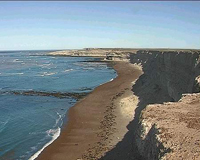
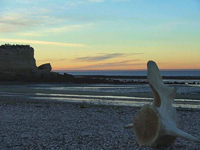
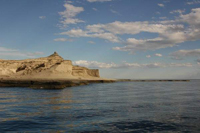
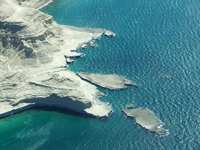
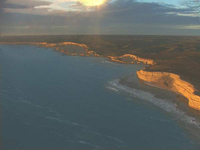

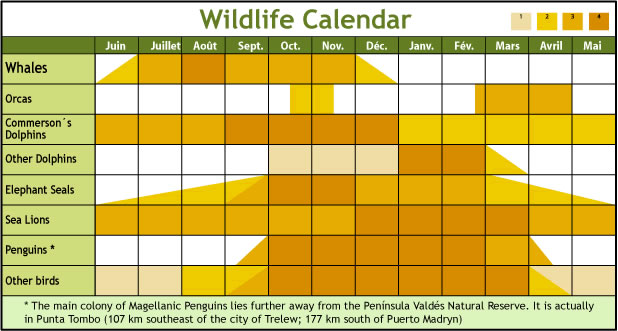
Embarcarse para ver ballenas y ballenatos en la libertad e inmensidad de la Patagonia Atlántica, es una aventura de viaje emocionante y de comunión con la Naturaleza.
Social media
© 2006 Whales Argentina. Avistaje embarcado de ballenas – Avistaje de Ballenas. Fotos: Ricardo Cobas, Aldo Sánchez, Angel Vélez y Alexis Fioramonti
- All right reserved Whales Argentina 2018